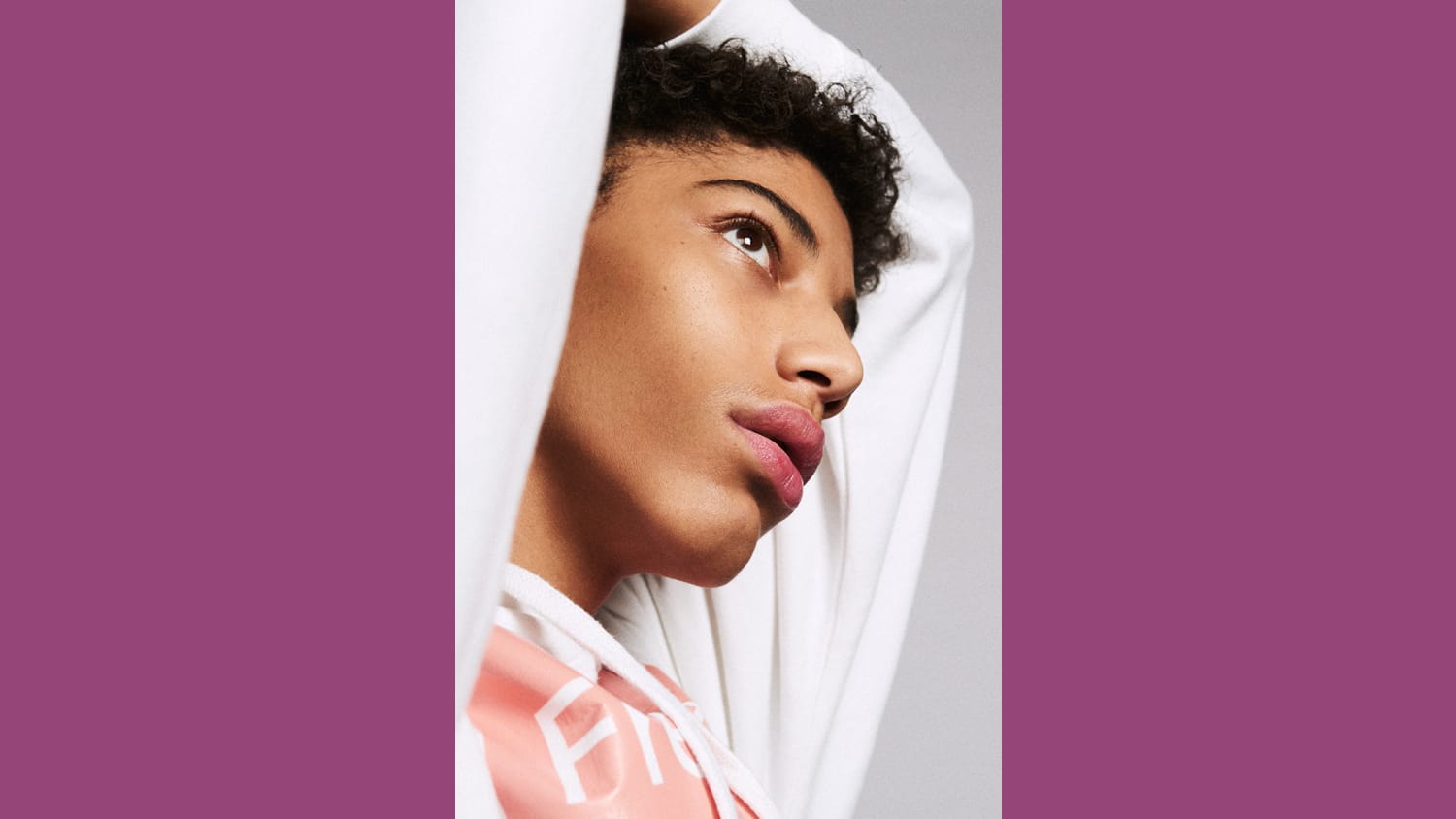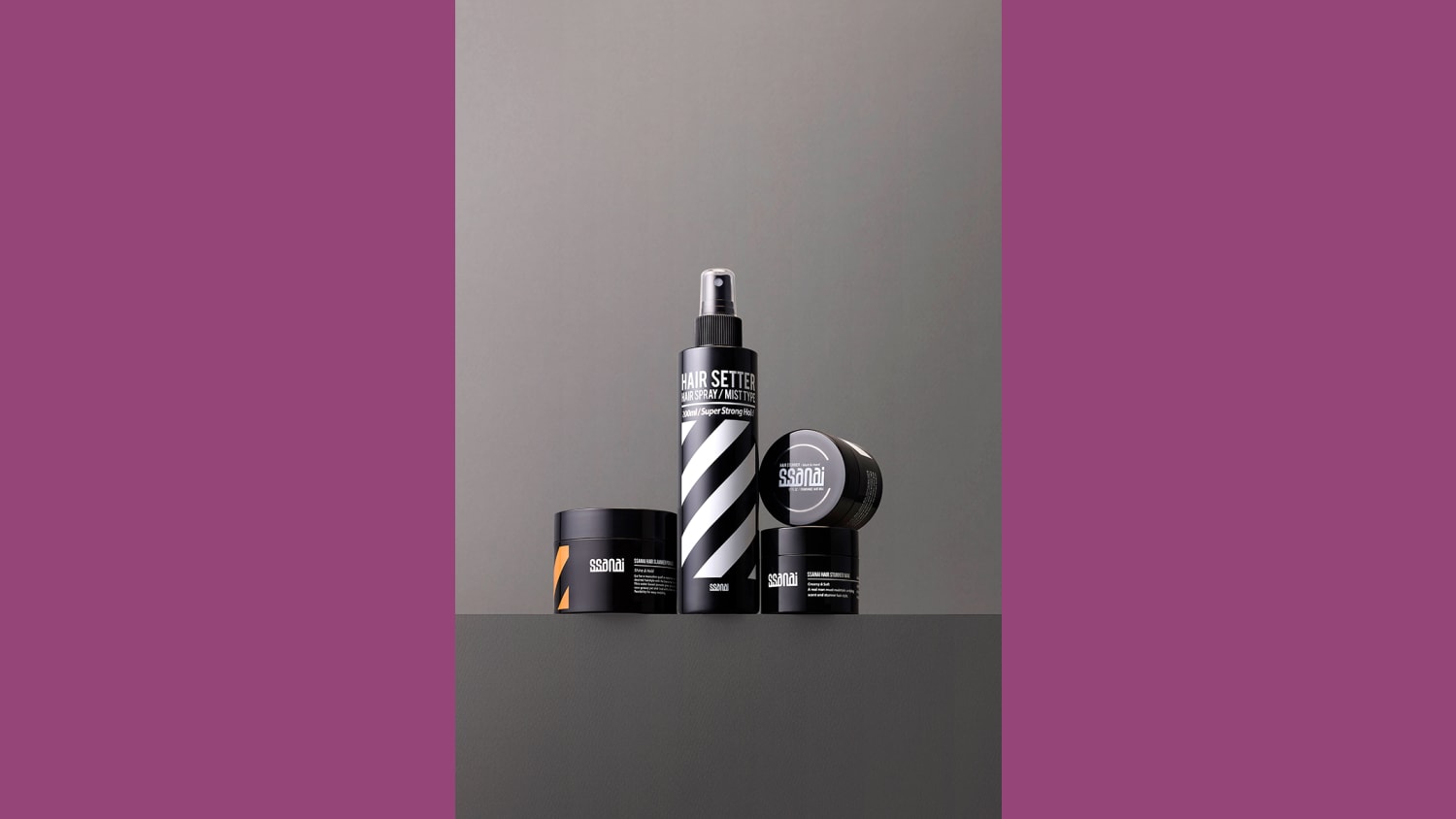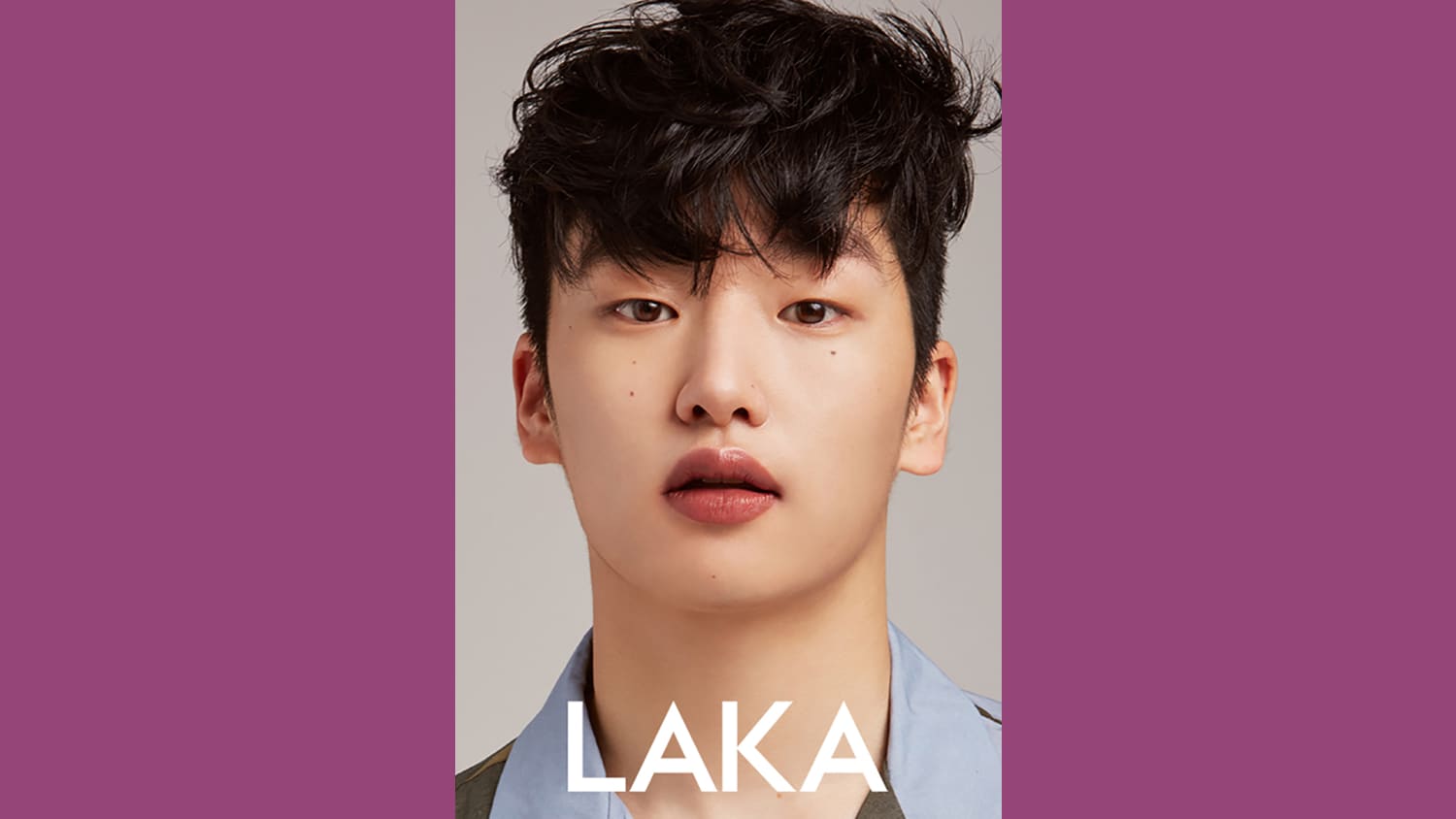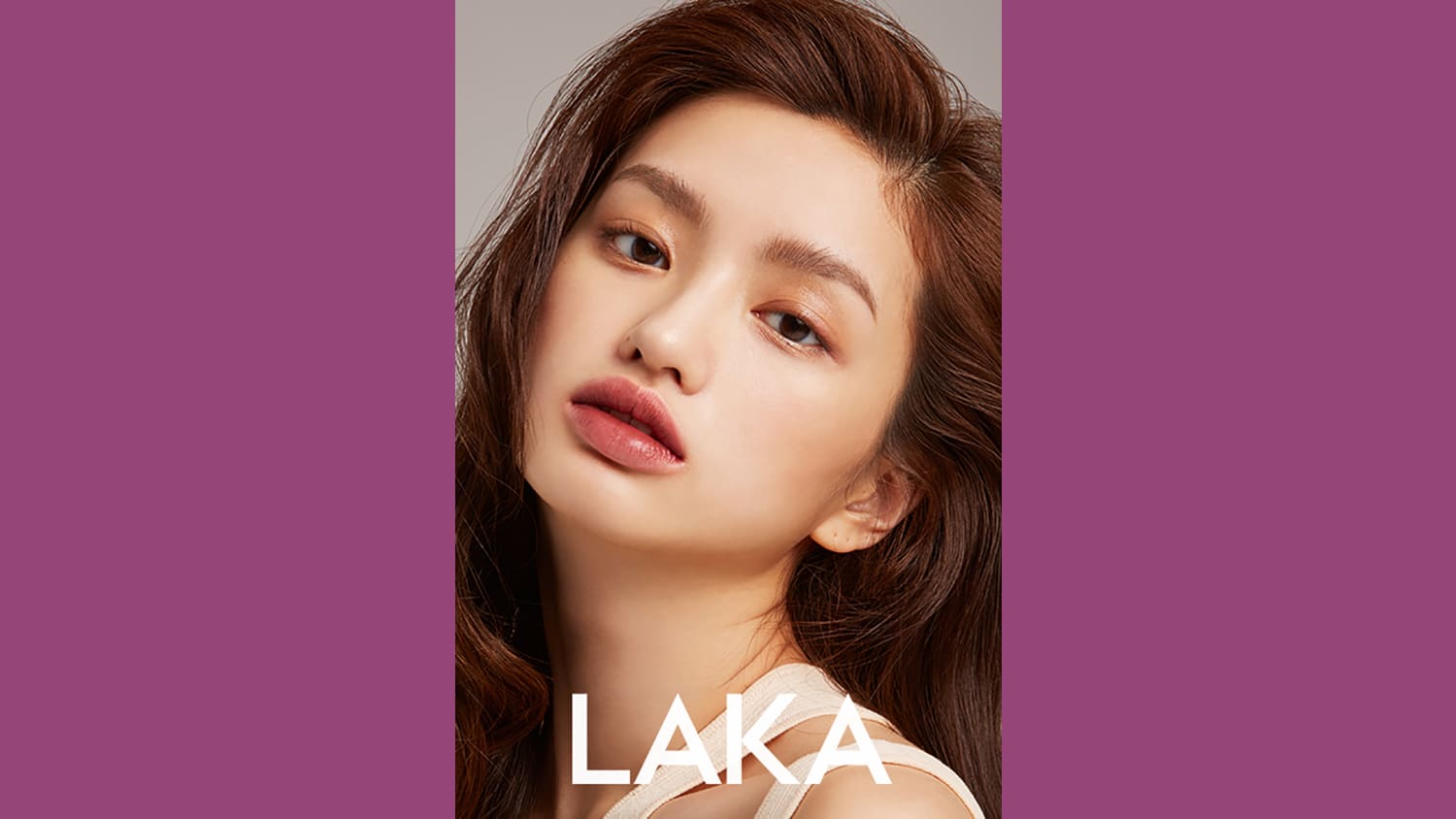It’s a beauty innovation that could potentially serve as a model for brands in China, one of the fastest-growing male grooming markets in the world. Euromonitor predicted in a 2016 report that retail sales in the sector would top RMB1.9 billion ($278 million) at an annual sales growth of 13.5%. While much of this growth is firmly in grooming and skincare products, data from Chinese e-commerce sites like VIP.com show increasing numbers of male online shoppers buying beauty masks, eyebrow pencils and lipstick.
The surge in interest from men in grooming in China has prompted some drugstore brands like Japan’s Mentholatum to update their products. Mentholatum relaunched its face wash last year to include charcoal, and also introduced a charcoal mask. And a niche but growing group of male consumers is turning to makeup and premium skincare products traditionally aimed at women, as well as unisex brands such as Aesop.
Marketing culture in China’s luxury sector clearly indicates the changing aesthetics around male beauty. From Clinique to L’Occitane, brands are appointing male brand ambassadors with a largely female fan base on social media. Often called “little fresh meat” or “flower boys,” these 20-something pop idols, many of whom were trained as teenagers in Korea’s pop factories, are popular for their soft, feminine features and delicate mannerisms. They show their fans how they adopt upscale skincare products into their daily routines with messages of confidence.










